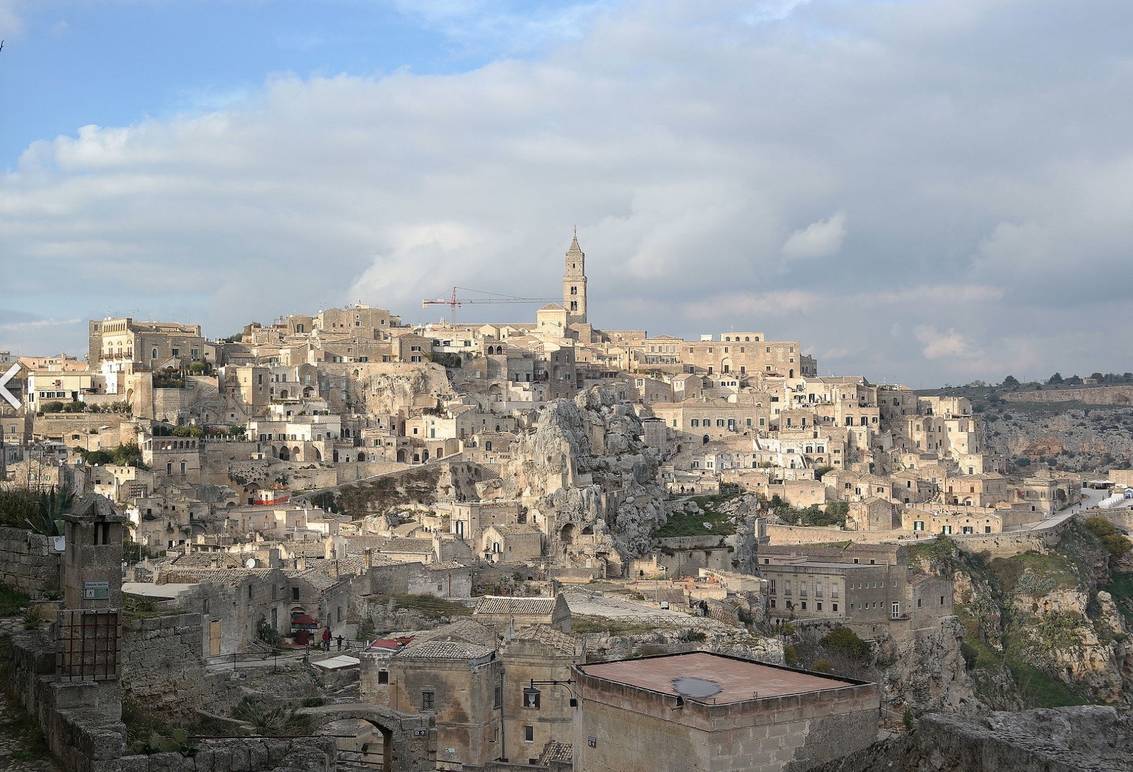Matera and its Sassi. Europe's 2019 Cultural Capital
Of the 58 European Capitals of Culture since designation of the first, Athens, back in 1985, this year's selection of Matera is absolutely unique. Of the four Italian cities selected to date -- Florence (1986), Bologna (1999) and Genoa (2004) -- Matera is the first from the Italian South and has risen to international renown only recently by comparison.
Matera has an amazing structure. The heart of the city is called I Sassi (the Stones), a warren of homes, restaurants, cafes and hotels (including one with an indoor swimming pool) all carved inside steep, stony hillsides. The three days of opening ceremonies bring theater and dance performances, world-class art exhibitions and 15 original light installations, aimed at illuminating the town's past. The important exhibition called "Ars Excavandi," which opens with the opening ceremony, is dedicated to the history of underground cities akin to Matera. Another, "A Story of Redemption," illustrates the reconstruction of the stone town of grottoes and secret alleys. (For details see: Matera 2019)
At one point the town had been abandoned, but in the wake of the post-World War II it was rediscovered and, beginning in the 1980s, gradually reconstructed along modern lines. Curiously, Matera, whose grottoes have been inhabited since early Neolithic times, was actually the provincial capital of for over two centuries, or until the early 1800s. There is, of course, a Matera beyond its caves: those buildings and churches include its cathedral, dedicated to Santa Maria della Bruna, which dates from the 13th Century. Over time it was owned by the powerful Orsini of Rome; by the Tramontana, who built a gigantic castle there in the Renaissance; and, under Napoleon, by the Bonapartes.










































i-Italy
Facebook
Google+
This work may not be reproduced, in whole or in part, without prior written permission.
Questo lavoro non può essere riprodotto, in tutto o in parte, senza permesso scritto.